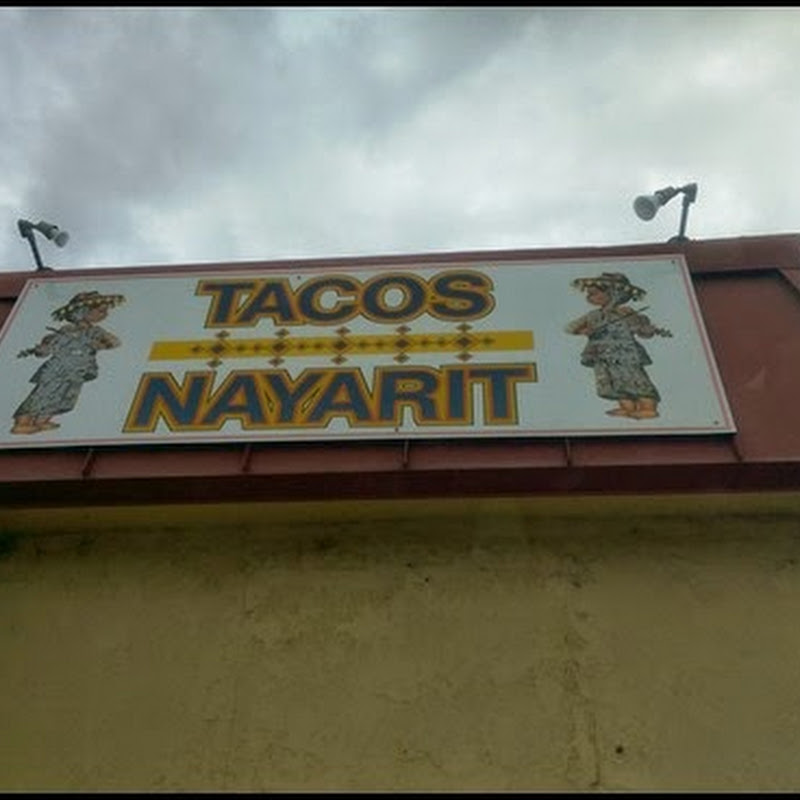 This incident occurred in the early 1980's, while I was assigned to the Los Banos Office. I was working the swing shift on Interstate 5, and my area of responsibility was from Hwy 152 on the south, to Del Puerto Canyon Rd. on the north. This stretch of I5 is about 40 miles in length, mostly in a rural, unpopulated area of Central California. It was early in the evening, and daylight had just evolved into night.
This incident occurred in the early 1980's, while I was assigned to the Los Banos Office. I was working the swing shift on Interstate 5, and my area of responsibility was from Hwy 152 on the south, to Del Puerto Canyon Rd. on the north. This stretch of I5 is about 40 miles in length, mostly in a rural, unpopulated area of Central California. It was early in the evening, and daylight had just evolved into night.My shift was progressing fairly routinely, until the dispatcher broadcast that a small private aircraft was radioing Castle Air Force Base that there was some sort of emergency. The pilot gave his location as being on the west side of the San Joaquin Valley, near the small community of Santa Nella. I remember being southbound on I5 near Hwy 140 (approx. 10 miles north of Santa Nella), when our dispatcher first started relaying information to me from the controller at the air base. The specifics of the emergency were not clear, other than the pilot was having engine problems.
As I continued traveling southbound, nearing Santa Nella, our dispatcher told me that the plane had landed on I5, just south of Santa Nella. Not knowing if the plane had crashed, or was blocking traffic, I kicked the speed up, arriving moments after the small Cessna had set down. Fortunately, the plane appeared to be undamaged, and was parked in the wide center median, and was not a traffic hazard. When I contacted the pilot, I quickly learned that he had lost the ability to use the throttle control from the cockpit. In other words, the engine RPM's dropped down to idle, and he could no longer adjust the speed of the engine. In affect, he became a glider, with only slight adjustment to the engine by way of the throttle fuel mixture knob. He told me that when he knew that he was going to have to land somewhere, the only thing that looked like a possibility was the long, straight concrete of Interstate 5. He was fortunate to be able to land in the southbound lanes, in between traffic, and coast into the middle of the freeway.
It didn't take the pilot long to remove the engine cowling, and discover exactly what the problem was. The connection of the throttle cable to the carburetor had broken, causing the pilot to have very little control over the speed of the engine. It looked like the fix would be rather simple, but since the Federal Aviation Administration (FAA) was now involved, things got a little bit more complicated. Instead of the pilot making the repair, which he said he could do, the FAA representative who had been contacted by the air base, ruled that the plane would either have to be fixed by a licensed airframe and power plant mechanic, or the plane would have to be disassembled, and trucked off the freeway. The later didn't seem like a good option for anyone, so I had our dispatcher track down an A&P mechanic in Los Banos, who came out and took care of the relatively easy fix.
With the plane now airworthy once again, I took the pilot in my patrol car, and showed him exactly where the power lines were that he had narrowly missed when he landed. The only option was to attempt the take off in a northbound direction, and the pilot was going to have to keep the plane under the power lines, then get airborne before he got to an overpass. He was sure that he could do it, so we set up a freeway closure when he was ready to attempt the take off. Our prearranged plan was for me to position my patrol car under the power lines, with my spot light illuminating the wires. This gave the pilot a better reference as to exactly where they were located. With the help of my fellow workers, we temporarily stopped both northbound and southbound traffic, and watched the plane take off into the darkness from it's temporary airport.
This incident was an exclamation of the phrase we often used - always expect the unexpected!




No comments:
Post a Comment